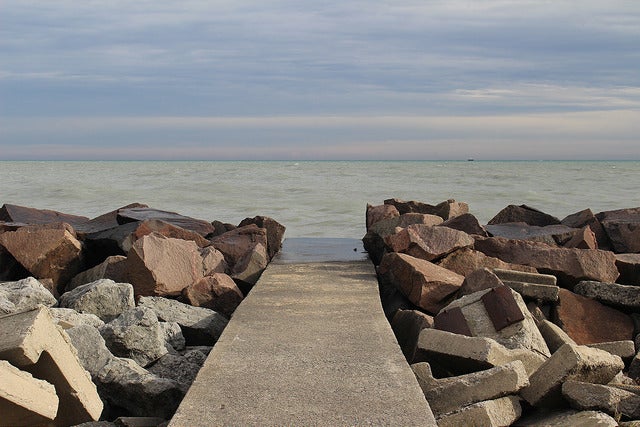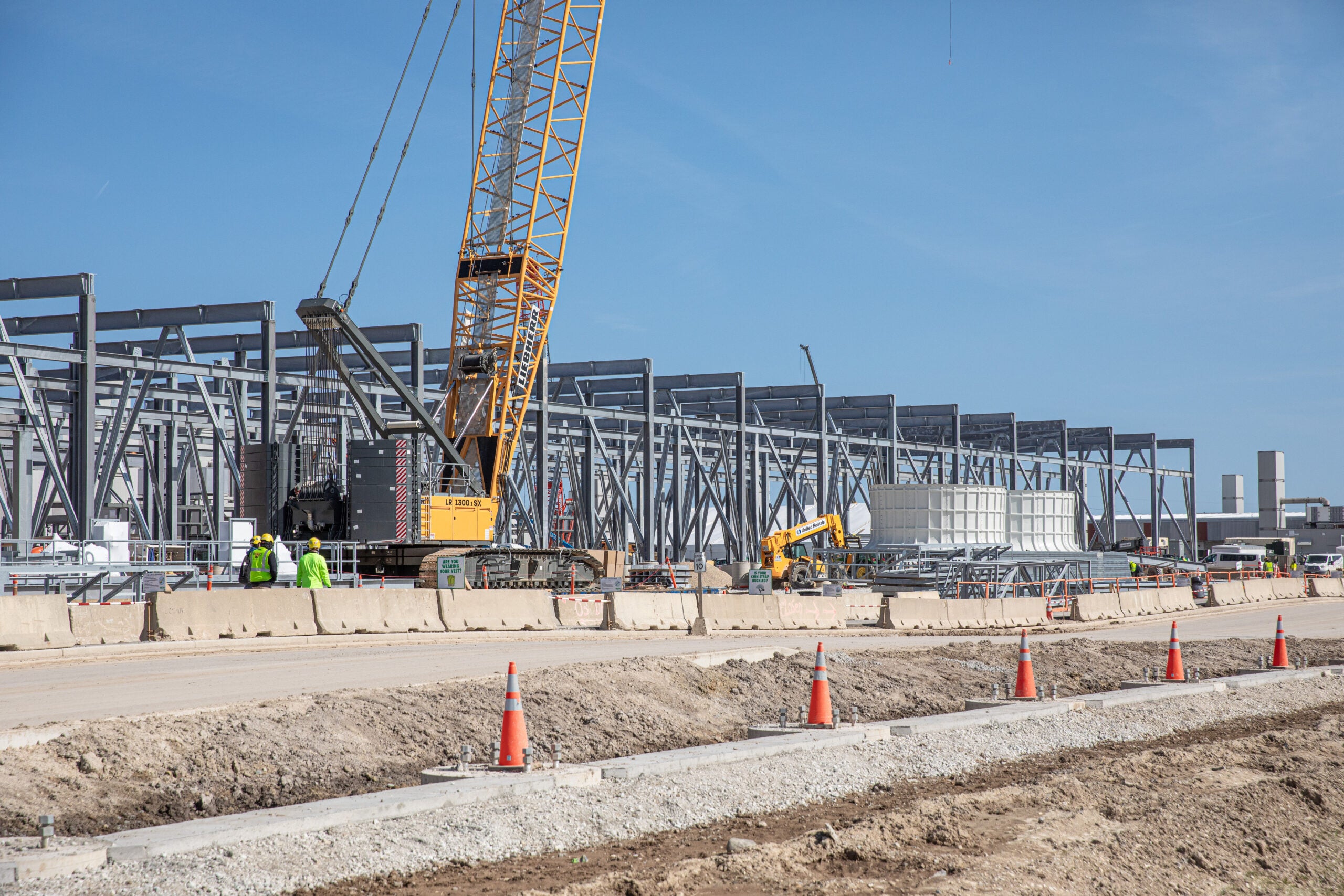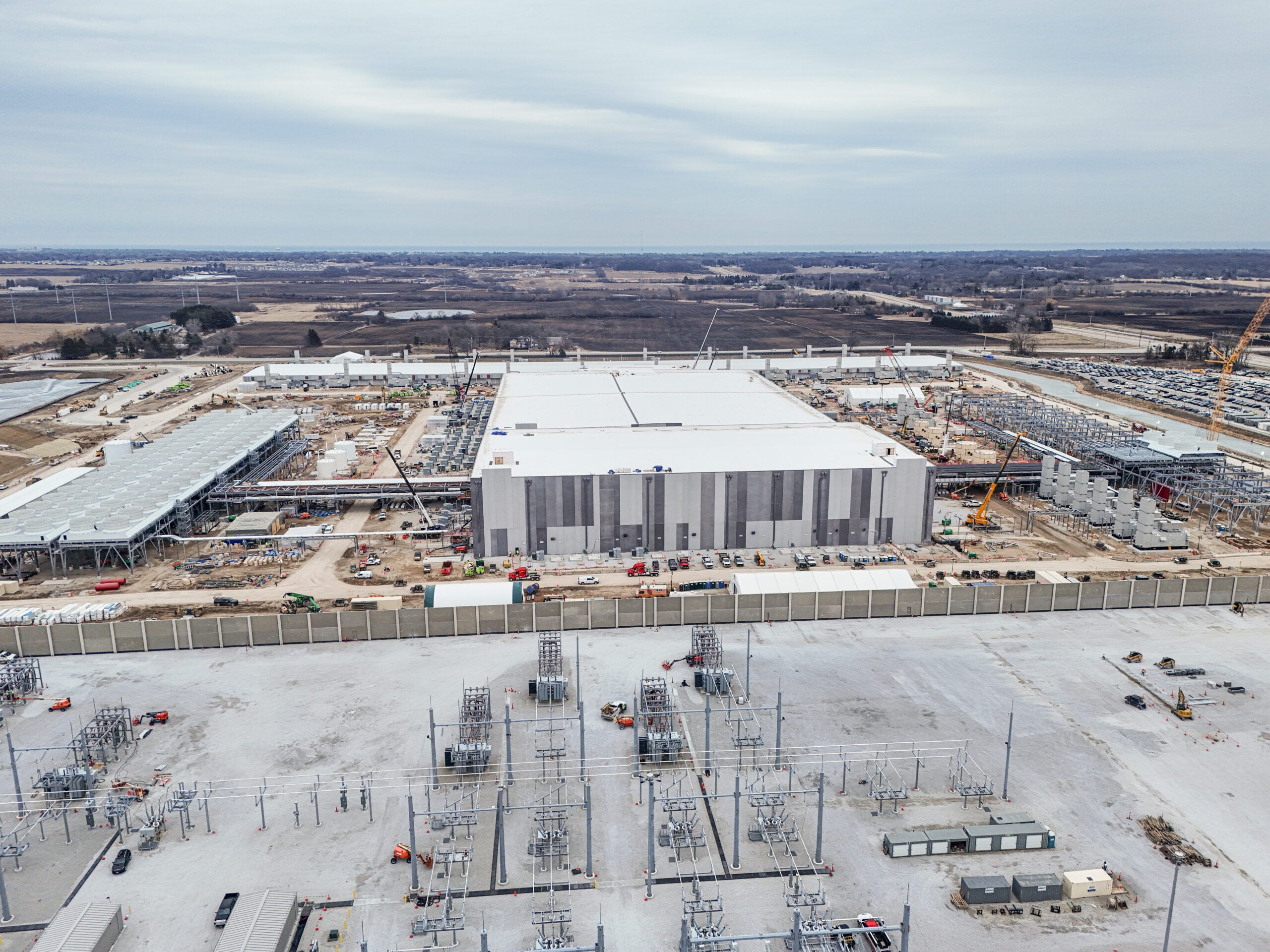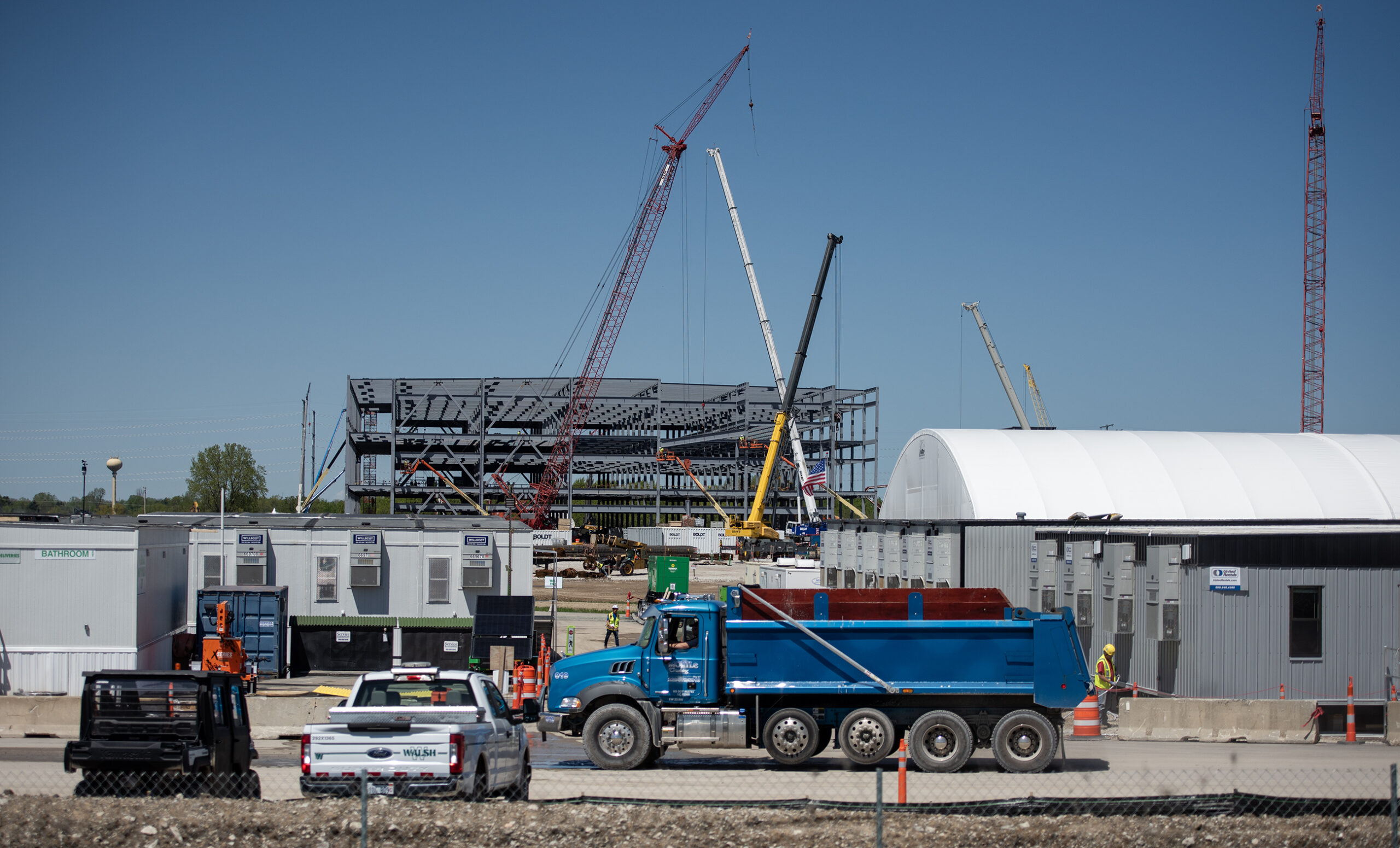Wisconsin cities like Waukesha and Racine have been mired with controversy as they have sought water diversions from Lake Michigan. Now, the village of Pleasant Prairie is the latest community caught up in the water diversion debate after newly published findings reveal Wisconsin signed off on dramatically increasing its diversion from Lake Michigan in 2010.
Faced with radium contamination it its drinking water, Pleasant Prairie was approved in 1990 to draw 3.2 million gallons per day from Lake Michigan through the Kenosha Water Utility under the Water Resources Development Act. Two decades later, the state more than tripled that allowable diversion to 10.69 million gallons per day — roughly 7.5 million gallons more per day.
“Which is more than the controversial Foxconn diversion and almost as much as the Waukesha water diversion, which is also extremely controversial,” said Peter Annin, author of the book, “The Great Lakes Water Wars.” “There was no public hearing, no public notification, about this increase in the Pleasant Prairie diversion.”
News with a little more humanity
WPR’s “Wisconsin Today” newsletter keeps you connected to the state you love without feeling overwhelmed. No paywall. No agenda. No corporate filter.
Annin discovered the increase as part of writing the latest edition of his book.
The discovery has led some to wonder whether the state followed the rules of the Great Lakes Compact, a multi-state agreement overseeing water diversions from the Great Lakes.
Environmental organization Alliance for the Great Lakes is calling on Wisconsin to explain the increase.
“The Great Lakes Compact was put in place to protect Great Lakes water for Great Lakes communities, and we want all of the states playing by the same rules,” said Molly Flanagan, the group’s vice president for policy.
After the compact was passed, states had two years to set baseline amounts for all existing water diversions. Those communities were grandfathered in under the agreement signed by eight Great Lakes governors and Canada’s provincial premiers.
The Wisconsin Department of Natural Resources said the agency was following a state statute that requires water supply service areas and sewer service areas to match when it set the baseline for Pleasant Prairie. The agency said public hearings weren’t required for the grandfathered diversions under the compact or state law.
“The headline here and the bottom line is that Wisconsin complied with all required notice and public participation provisions of the compact and Wisconsin’s implementing statute,” DNR communications director Jim Dick told WPR in an email.
The former head of the DNR’s Water Division, Todd Ambs, agrees the agency met public notice provisions under the compact. He noted the state’s diversions were part of a five-year review by the compact’s regional body, which signed off on the information Wisconsin presented. However, Ambs takes issue with the way the agency interpreted state statute on diversions.
“I just don’t think the state statute works,” said Ambs. “I interpret the statute differently. I don’t think the statute says the water supply area and the extended sewer service area have to match for diversion requests. I think you look at it differently. I think they have misapplied the state law here.”
As for Pleasant Prairie, Village Administrator Nathan Thiel acknowledged the diversion was long before his time — he’s served as the village administrator for six months — but he said, to the best of his knowledge, the diversion increase was due partly to a state requirement that the village build its water systems to account for future growth.
“So it doesn’t make sense to oversize our system, but then restrict us on the actual water we can utilize in that system,” Thiel said. “So having those conversations with the state, we set that bar at basically 10.69.”
At the time, Thiel noted several businesses were also taking interest in the village.
“With this economic development growth, they also were concerned that we were going to be able to provide necessary capacity for their developments,” he said.
But, Pleasant Prairie, as both the DNR and Ambs point out, is far from diverting 10.69 million gallons per day from Lake Michigan. On average, the village diverted 2.49 million gallons per day in 2017, according to the DNR. At its peak, Thiel said the village diverts 5.7 million gallons per day.
Meanwhile, the state also rolled back its interpretation of the statute regarding water service areas in the case of New Berlin and Waukesha, Ambs said. However, Wisconsin’s read on state law could become an issue if a similar water diversion application were filed in the future.
“That’s their legal position. I don’t think it’s the right interpretation,” Ambs said. “My guess is if it was a contentious enough request in the future that someone could challenge it.”
Editor’s note: A previous version of this story said that the Pleasant Prairie diversion was the second-largest next to the Chicago water diversion, which is inaccurate. This story was last updated at 8:30 a.m. on Sept. 20, 2018.
Wisconsin Public Radio, © Copyright 2025, Board of Regents of the University of Wisconsin System and Wisconsin Educational Communications Board.







